Explore British medieval life, including clothing and recipes, learn about medieval weapons, and navigate through medieval occupations and jobs. In this immersive journey through British medieval life, every corner reveals new wonders and delights, offering a glimpse into a world where tradition, innovation, and imagination converge to shape the course of history. So, take a look at the sections below and start exploring!
In the tumultuous era of the Middle Ages, warfare was a constant presence, driving technological innovation and shaping the evolution of military tactics. At the heart of medieval combat were weapons and armour, essential tools wielded by knights, foot soldiers, and mercenaries alike.
Navigate the labyrinthine maze of medieval occupations and jobs, where guildsmen honed their crafts and tradesmen plied their skills in bustling workshops and bustling marketplaces. From blacksmiths and bakers to apothecaries and alewives, discover the diverse array of professions that sustained medieval society and fueled its economic engine.
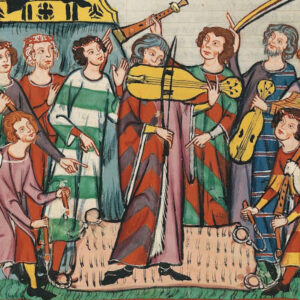
Medieval minstrels sang, played musical instruments, and told engaging stories. Here’s what life was like for a minstrel in the Middle Ages.
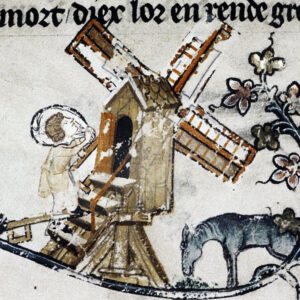
Millers were some of the most important tradesmen in the Middle Ages. Learn more about this medieval profession and how millers lived.
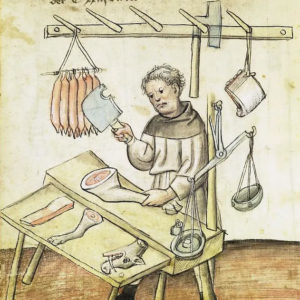
Middle Ages butchers prepared meat, fish, and fowl for the people in a castle or a city. They sometimes had stalls in a marketplace.
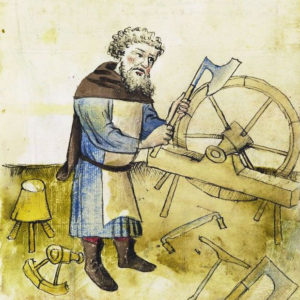
Medieval candlemakers made candles from materials such as fat, tallow and beeswax.
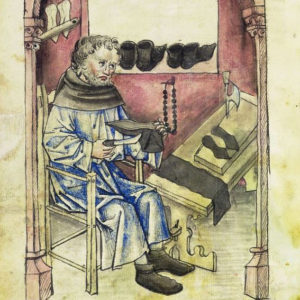
Medieval candlemakers made candles from materials such as fat, tallow and beeswax.
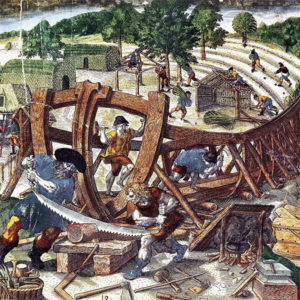
Being a sailor in the middle ages meant living a lonely and difficult life, as they would often set sail for months or even a year at a time.
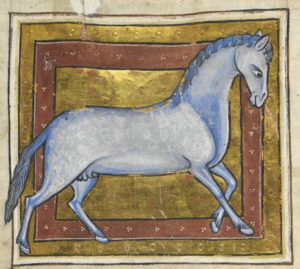
Medieval Stable Master and Grooms were responsible for horses and stables.
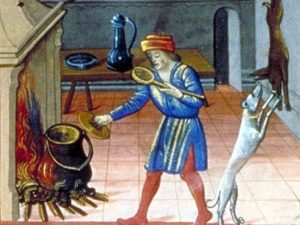
Medieval Cooks usually prepared their food over an open fire. They sometimes shared communal ovens for everyone on the premises of a town.
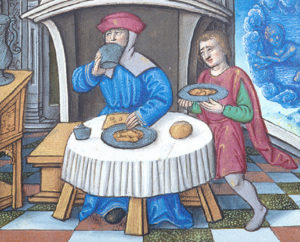
Domestic servants in the Middle Ages were in charge of procuring, storing, and preparing food.
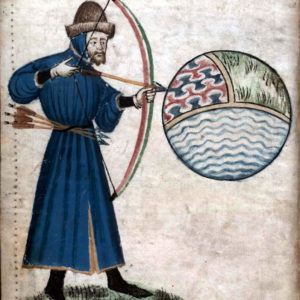
Medieval Fletchers or arrow makers ofter worked closely with bow makers to fashion arrows.
Discover the intricate artistry of medieval clothing, from the sumptuous gowns of noble ladies adorned with jewels and embroidery to the humble tunics and hoods worn by common folk. Explore the symbolism behind each garment, reflecting social status, occupation, and regional identity.
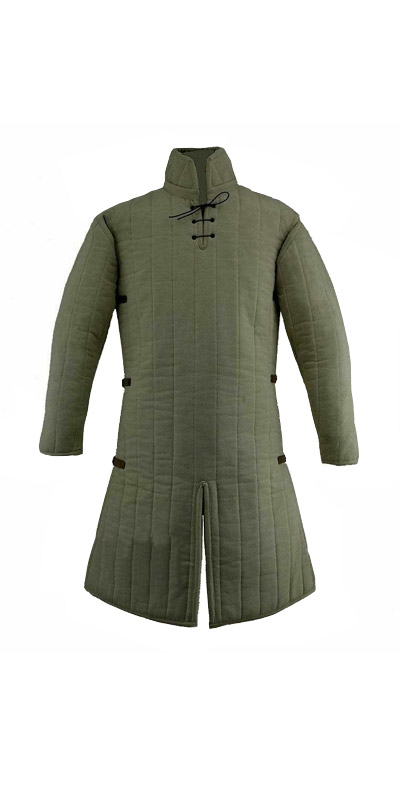
A gambeson, also known as an arming coat or padded jack, was a quilted, padded garment worn as protective armour.
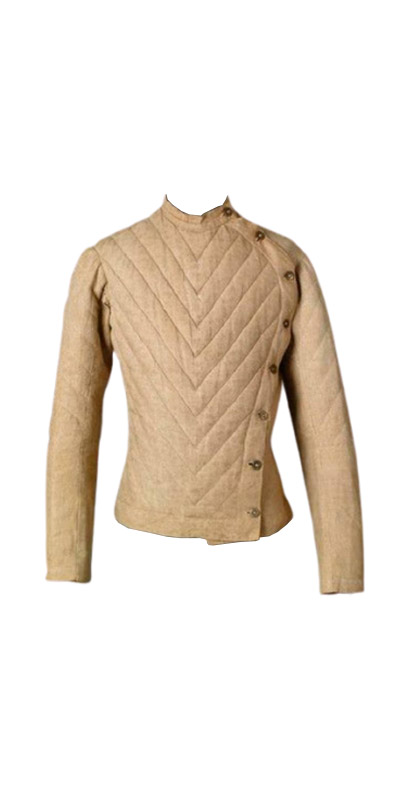
The doublet was a close-fitting, padded jacket worn as an outer garment in medieval times.
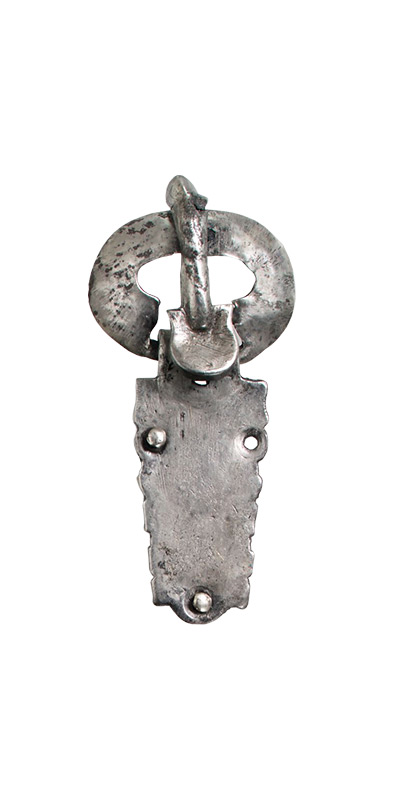
The Buckle or clasp was used in medieval times to fasten two loose ends of a belt or piece of clothing.
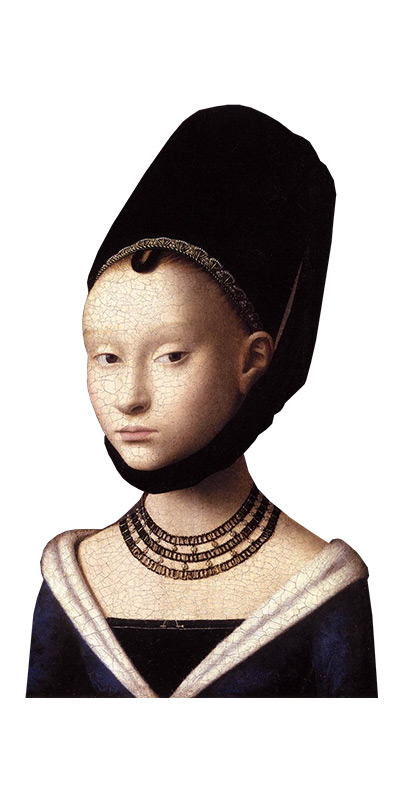
The Hennin was a medieval headdress shaped like a steeple or truncated cone.
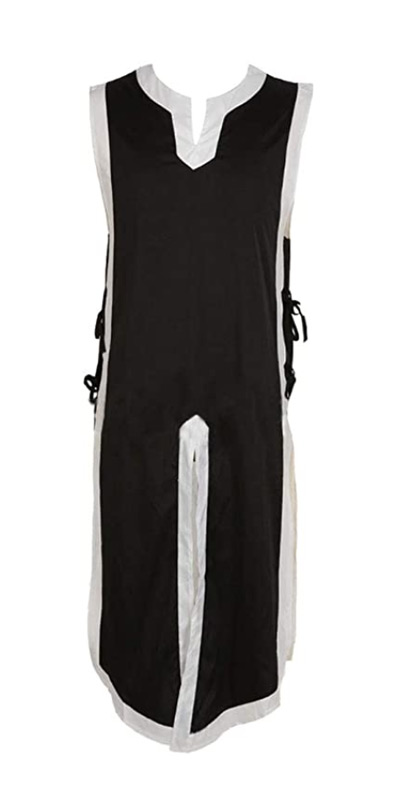
During the late Middle Ages, tabards (a type of short coat) were used by men all around Europe.